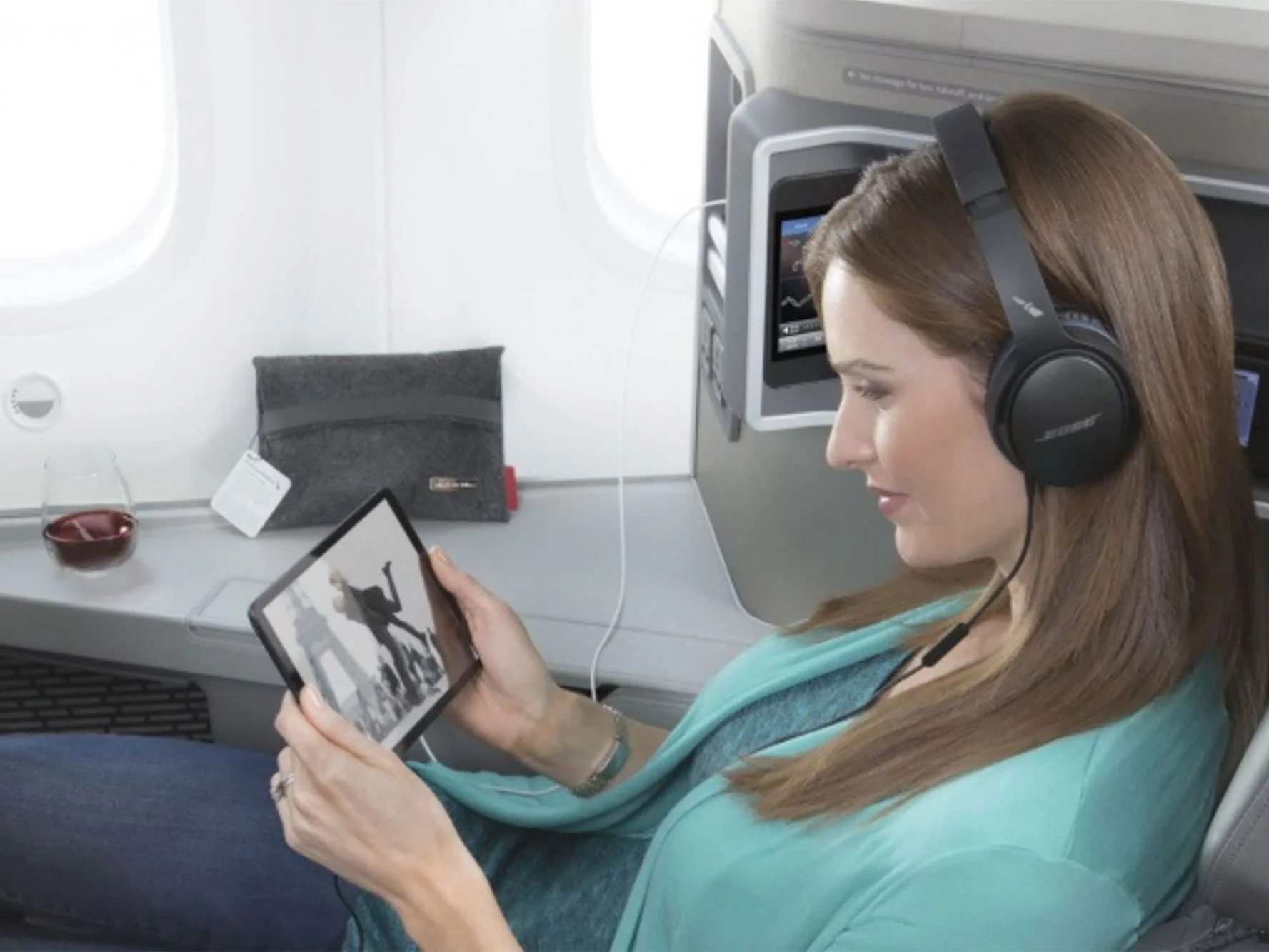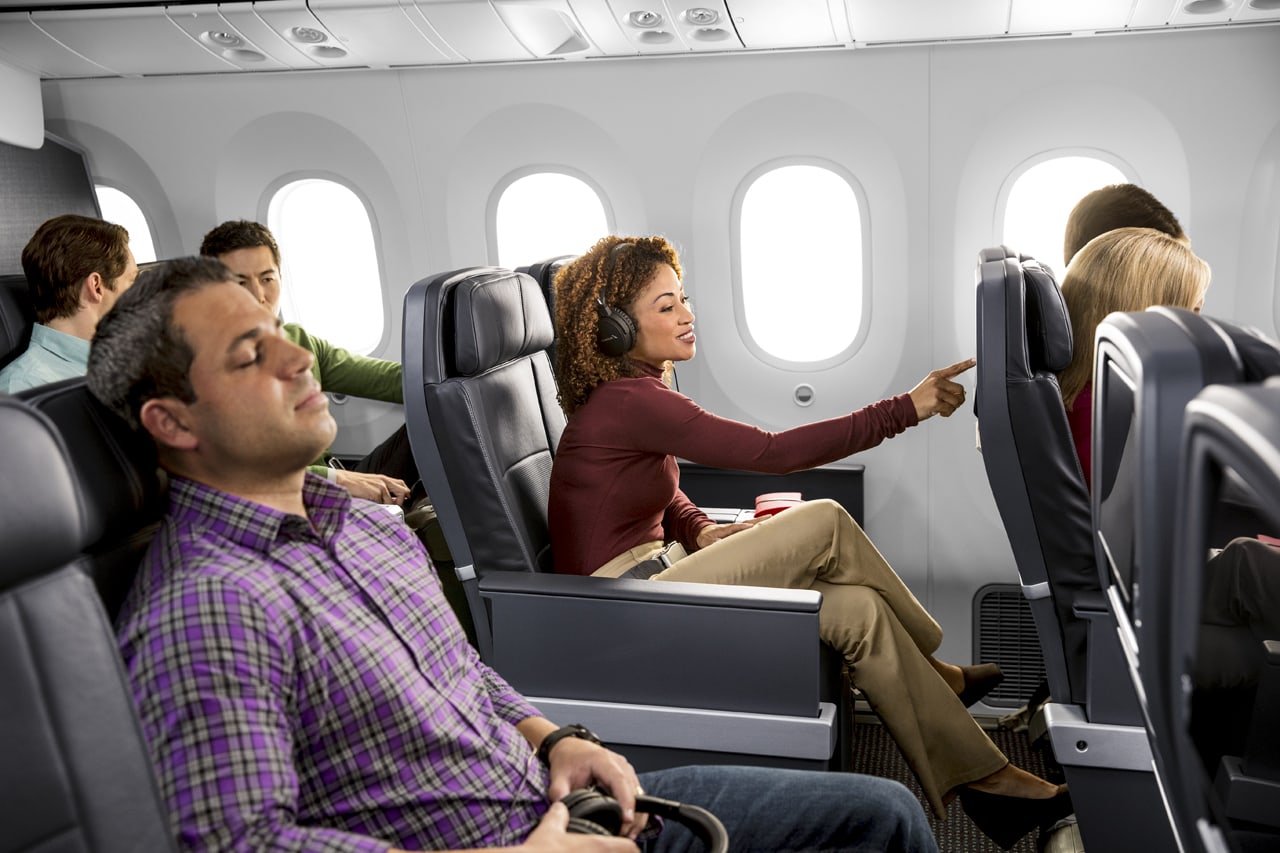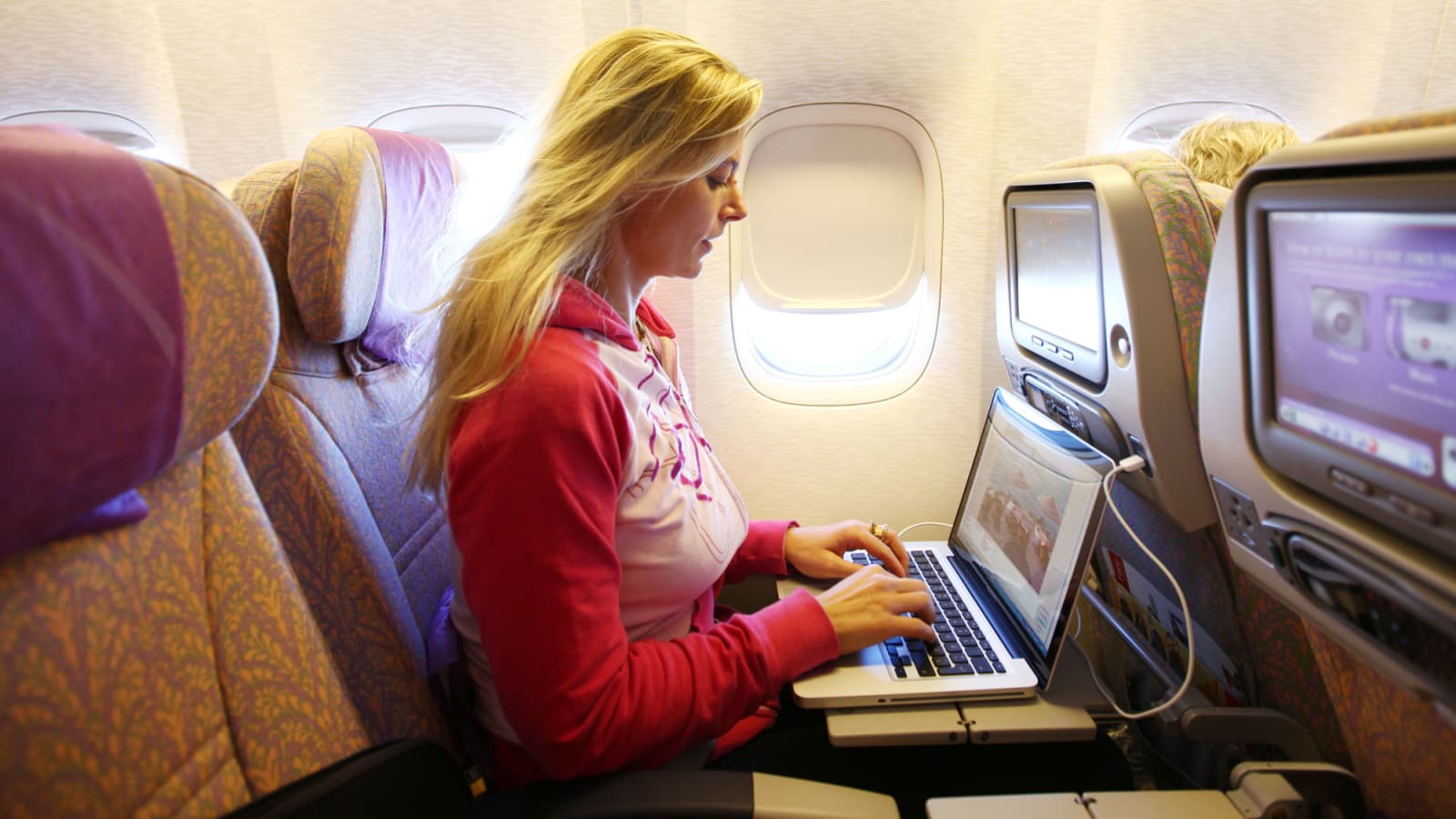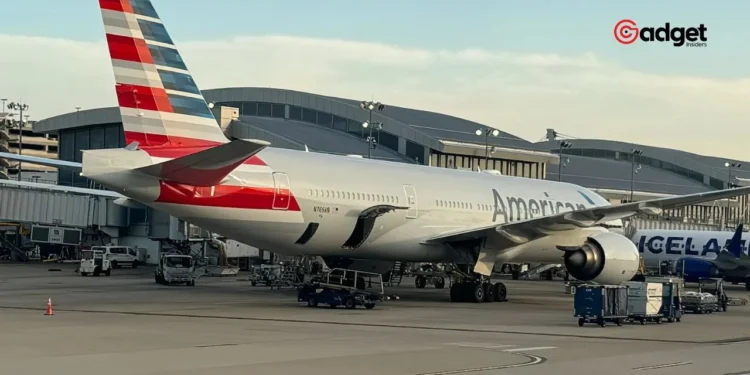If you’ve been tracking the evolving landscape of inflight services, particularly Wi-Fi availability across U.S. carriers, you might find American Airlines’ current stance rather intriguing. Unlike its competitors who have increasingly embraced more wallet-friendly internet options, American Airlines appears steadfast in maintaining its existing pricing model for inflight Wi-Fi.
During a recent media briefing at the Aircraft Interiors Expo 2024 in Hamburg, Germany, Kimberly Cisek, Vice President of Customer Experience at American Airlines, provided insights that suggested a continuation of their current Wi-Fi pricing strategy. While competitors like Delta Air Lines have captured headlines and customer goodwill by offering free Wi-Fi to passengers enrolled in their SkyMiles program, American Airlines is taking a different flight path.
“American Airlines does operate the most high-speed Wi-Fi-equipped aircraft in the world,” Cisek highlighted. “As we continue to invest in this space for our customers, we provide not only Wi-Fi but also over 1,500 free entertainment options, from podcasts to movies.” This robust selection aims to enhance the passenger experience, though at a cost.

Pricing Patterns: A Comparative Glance
The landscape of inflight Wi-Fi across different airlines offers a varied picture. For instance, United Airlines has simplified access by setting a flat $8 rate per flight for MileagePlus members on domestic and short-haul international flights. Similarly, Southwest Airlines charges $8 per device, presenting a more predictable and budget-friendly option for travellers.
However, American’s pricing remains on the higher side, with costs ranging significantly depending on the flight’s duration and route. Prices have been noted to fluctuate from $12 for shorter East Coast trips to up to $35 for transatlantic journeys in 2024. Such variability can impact the overall travel budget for frequent flyers and occasional travellers alike.

Future Prospects: Changes on the Horizon?
While there’s no immediate indication from American Airlines to lower its Wi-Fi fees or offer it for free—as Delta and JetBlue have done—the conversation around this topic continues. “More to come. Right now, we just launched our miles as a form of payment,” Cisek stated, hinting at future developments that might offer new ways to access Wi-Fi, potentially leveraging miles earned through their AAdvantage program.
Investments in technology have undeniably improved the reliability of America’s Wi-Fi service. Many passengers, including myself, have noticed more consistent connectivity across numerous flights this year, which speaks to the airline’s commitment to enhancing customer experience through technological upgrades.

American Airlines’ Strategy: Balancing Cost and Service
While the trend among U.S. airlines leans towards decreasing Wi-Fi prices, American Airlines’ approach reflects a different philosophy—one that balances cost with a high level of service and extensive entertainment options. As the industry continues to evolve, and as passenger expectations shift towards greater connectivity at lower costs, it will be interesting to see how America adjusts its strategy. For now, passengers who prioritize internet access might need to plan accordingly, keeping an eye on any potential changes that might make staying connected in the sky a bit more accessible.









